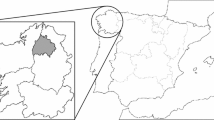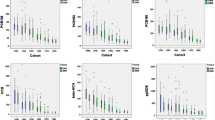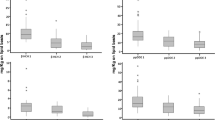Abstract
From the Great Lakes basin, concentrations of 59 congener-specific polychlorinated biphenyls (PCBs) and 14 organochlorine pesticides were measured in blood plasma of northern water snake (Nerodia sipedon sipedon) and Lake Erie water snake (Nerodia sipedon insularum), which is endangered in Canada. In 1998, four male adult Lake Erie water snakes were sampled from Pelee Island, western Lake Erie; four male northern water snakes were sampled at Little Lake, about 20 km north of Parry Sound in central Ontario; and four adult gravid female northern water snakes were sampled from Garden Island, eastern Lake Ontario. The blood plasma was pooled by site for a total of three samples analyzed.
The Pelee Island sample from male Lake Erie water snakes contained less than half the lipid concentration (0.349%) than samples from the other sites, but it was the most contaminated with PCBs, even on a wet weight basis. Summed concentration of individual PCBs in the Pelee Island sample was 167 ng/g (wet weight), which was 14-fold higher than the next most contaminated sample, which was from Little Lake. The plasma sample from Little Lake contained 12 ng/g (WW) and was four times more contaminated with PCBs than the sample from female snakes from Garden Island, Lake Ontario. Organochlorine pesticide concentrations in plasma were relatively similar among sites. None of the pesticides was found above trace concentrations (0.1–0.9 ng/g) except pp′-DDE, which occurred at 2–5 ng/g among sites.
PCB congener patterns in the Lake Erie water snakes were compared to PCB patterns in plasma of common snapping turtle (Chelydra serpentina serpentina) from Lake Ontario, herring gull eggs (Larus argentatus) from western Lake Erie, and mudpuppy eggs (Necturus maculosus) from the Detroit River. The PCB patterns in water snake and herring gull sample were most similar, followed by the pattern in snapping turtle plasma. The presence of more lower-chlorinated chlorobiphenyls in the mudpuppy eggs relative to the other species made this sample distinct from the water snake, gull, and turtle.
Similar content being viewed by others
Author information
Authors and Affiliations
Additional information
Received: 6 April 2000/Accepted: 31 May 2000
Rights and permissions
About this article
Cite this article
Bishop, C., Rouse, J. Chlorinated Hydrocarbon Concentrations in Plasma of the Lake Erie Water Snake (Nerodia sipedon insularum) and Northern Water Snake (Nerodia sipedon sipedon) from the Great Lakes Basin in 1998. Arch. Environ. Contam. Toxicol. 39, 500–505 (2000). https://doi.org/10.1007/s002440010133
Published:
Issue Date:
DOI: https://doi.org/10.1007/s002440010133




